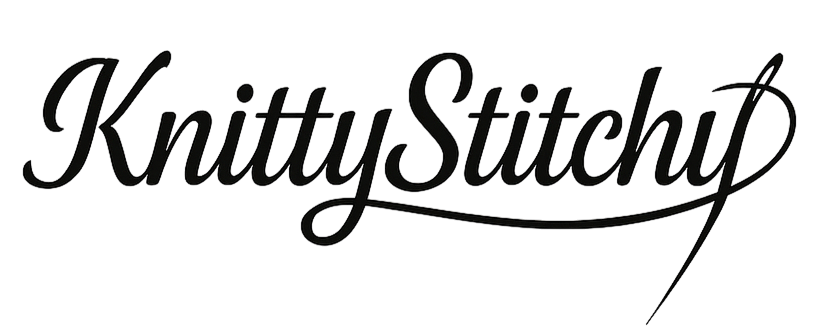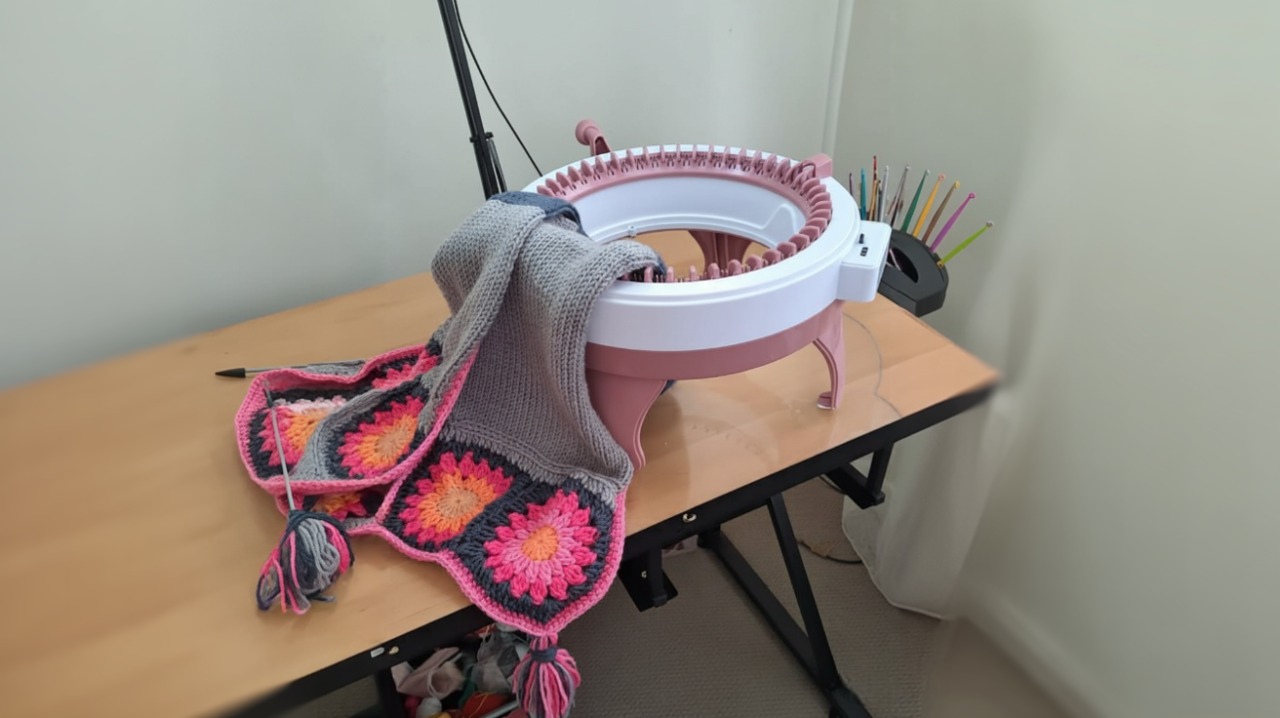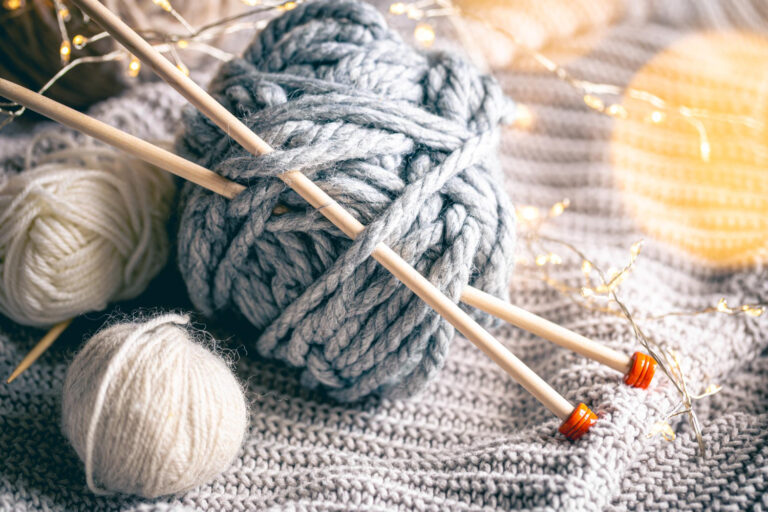Best Knitting Machine for Blankets in 2025: Top Picks
Successful blanket-making begins with dedication and meticulous technique, yet hand-knitting remains both labor-intensive and time-consuming. Choosing the Best Knitting Machine for Blankets transforms the process—speeding up production, reducing physical strain, and ensuring consistent, high-quality results for any blanket size.
In 2025, knitters increasingly turn to advanced circular and flat-bed designs that help both beginners and experienced crafters knit faster, achieve even stitches, and complete projects with fewer seams for a smooth, professional finish.
Top 5 Best Knitting Machines for Blankets
The right knitting machine transforms blanket-making. This detailed guide highlights the Best Machines for Blankets, focusing on their performance, ease of use, and versatility. Each option serves a specific skill level—from beginners seeking simplicity to advanced crafters aiming for professional-quality results.
Whether you want the speed of a circular knitting machine or the precision of a flat-bed, this guide reviews the top five models for making blankets. It emphasizes efficiency, durability, stitch consistency, core features, and usability. You’ll also find expert tips for choosing the right machine and working with thick yarn, so you can confidently select the best option for your projects.
1. Addi Express King Size (46 Needles)

The Addi Express King Size Knitting Machine is reliable and efficient. It helps knitters create blankets, throws, or large panels with ease. With 46 sturdy needles and smooth hand-crank operation, it offers a wide knitting width. This is ideal for medium-sized projects. Its dual-mode feature allows flat and circular knitting. This gives versatility for crafting everything from baby blankets to hats.
Users appreciate its easy setup, solid German engineering, and consistent performance once you learn the rhythm. However, it can be selective with yarn. Thicker or textured types may cause dropped stitches. While not fully adjustable in gauge, it’s a strong mid-range option.
The addi Express King Size makes professional results easy and quick, becoming a favorite for creative home projects. Its wide, sturdy build and user-friendly design make it ideal for knitters working on large projects.
Pros
Cons
2. Addi Express Professional (22 Needles)

The Addi Express Professional (22 Needles) is an excellent entry-level knitting machine, ideal for beginners and hobbyists exploring blanket making. Its compact size and smooth hand-crank operation make it perfect for creating baby blankets, scarves, and small throw panels with ease. Many users appreciate its quick setup, reliable performance, and solid German-made construction, noting how it dramatically speeds up the knitting process compared to hand knitting.
However, its 22-needle width limits the size of panels, meaning larger blankets require stitching multiple pieces together. It can also be particular about yarn type — thicker or novelty yarns may cause dropped stitches or inconsistent tension.
Overall, this machine is a durable, user-friendly choice for beginners who value quality and want to start small, offering strong value for its price and performance.
Pros
Cons
Also Read: How Do You Weave in Ends in Knitting? Step-by-Step
3. LK150 Silver Reed
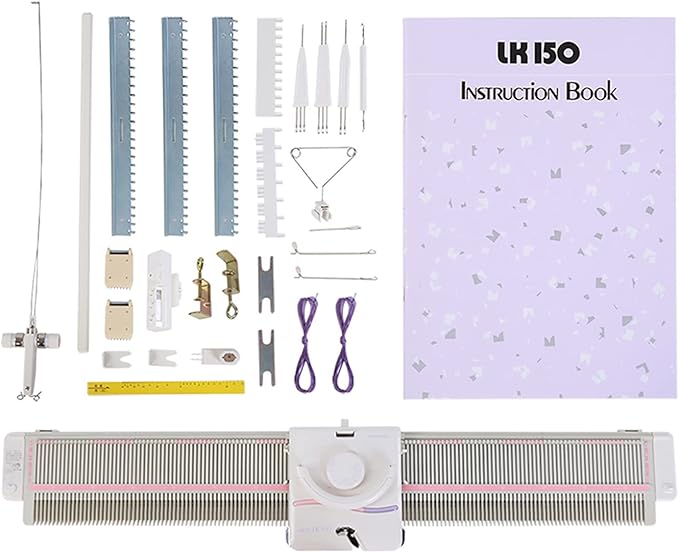
The LK150 Silver Reed is a mid-gauge knitting machine for hobbyists seeking professional results at home. With 150 needles and a 6.5 mm gauge, it creates wide, seamless panels—ideal for blankets and afghans.
Users praise its smooth manual carriage, quiet operation, and compatibility with medium to bulky yarns, noting it handles thicker yarn well and delivers even, professional stitches. Its Japanese build ensures durability and consistent results.
Some users report a learning curve, particularly during setup or with dropped stitches, but these challenges are rewarding for problem-solvers. Its higher price may deter casual knitters, but the large bed offers many creative options if you have a steady surface.
With the LK150, crafting large blankets is easy. Enjoy excellent performance and stitch quality—best for intermediate to advanced users who value durability and control.
Pros
Cons
4. Prym MAXI Knitting Mill

The Prym MAXI Knitting Mill is a budget-friendly circular knitting machine perfect for beginners who want to experiment with machine-knitting blankets or smaller projects like scarves and baby throws. With its 44-needle setup and dual flat/circular knitting modes, it’s capable of creating both tubes and panels.
Users love how lightweight, compact, and easy it is to set up, noting it’s fun to use right out of the box and a great starter machine for creative crafters. The hand-crank mechanism runs smoothly when paired with the right yarn type, making it enjoyable for light projects and casual knitting.
However, some users report that it can be finicky with yarn tension and prone to dropped stitches if worked too quickly or with thick yarns.
Overall, the Prym MAXI offers excellent value for beginners—best suited for lightweight yarns, small blankets, and learning the basics of circular machine knitting.
Pros
Cons
Also Read: How to Fix a Dropped Stitch: A Complete Guide for Knitters
5. SENTRO 48-Needle Knitting Machine
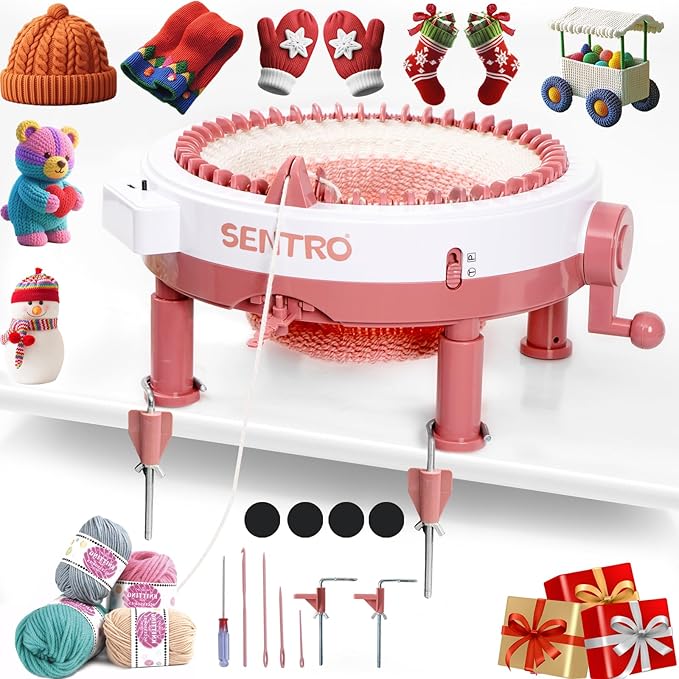
The SENTRO 48-Needle Knitting Machine (available in both electric and manual versions) warmly welcomes beginners with its approachable design, blending affordability with creative flexibility. With 48 needles, it offers both flat and circular knitting modes, making it easy for users to craft baby blankets, scarves, and joined blanket panels.
The convenient built-in row counter and optional electric adapter add ease for longer projects. Users enjoy its lightweight build, smooth crank action, and quick setup—making it a delightful starting point for anyone eager to explore the world of machine knitting.
However, this model has flaws. It is picky about yarn, working best with smooth, medium-weight types. Some reviewers mention dropped stitches or jams when using bulky yarns. Despite these limits, the SENTRO 48 delivers impressive performance for its price, making it a great budget-friendly choice for beginners who want to explore machine-knitting blankets without committing to a premium model.
Pros
Cons
Best Knitting Machine for Blankets: Types
Before buying, it’s essential to understand the main types of blanket knitting machines:
1. Circular Knitting Machines
- Best for tubular or small flat panels
- Great for baby blankets, scarves, and small throws
- Affordable, portable, and beginner-friendly
- Examples: SENTRO 48-Needle, Prym MAXI
2. Flat-Bed Knitting Machines
- Ideal for full-size blankets and wide panels
- Can handle mid-weight to bulky yarn
- More expensive, designed for serious hobbyists
- Example: LK150 Silver Reed
3. Dual-Mode Machines
- Switch between flat panels and circular knitting
- Flexible for various projects
- Examples: Addi Express King Size, Addi Express Professional
Also Read: How to Join in Round in Knitting: Comprehensive Guide
How to Choose the Best Knitting Machine for Blankets
When selecting a blanket knitting machine, consider these key factors:
Needle Count & Panel Width – More needles = wider panels = fewer seams.
Project Size – Baby blankets vs medium throws vs full-size blankets.
Yarn Compatibility – Check recommended yarn weights.
Ease of Use – Beginner-friendly machines with row counters and clear instructions.
Budget – High-end machines are perfect for heavy use; budget machines are great for casual projects.
Also Read: How to Add New Yarn to Knitting? Step-by-Step
Machine Knitting vs Hand Knitting for Blankets
When it comes to creating cozy, handmade blankets, both machine knitting and hand knitting have their advantages. Understanding the differences will help you choose the method that best fits your needs, skill level, and project goals.
1. Speed and Efficiency
Machine Knitting: Significantly faster than hand knitting. Circular or flat-bed machines allow you to knit panels in minutes rather than hours. Large blankets that would take days by hand can be finished in a fraction of the time.
Hand Knitting: Slower but offers more control for intricate stitch patterns and customization. Best suited for smaller projects or highly detailed designs.
Winner for Speed: Machine-knitting blankets
2. Consistency and Stitch Uniformity
Machine Knitting: Produces even, uniform stitches, giving your blanket a professional finish. Built-in row counters and tension guides help maintain consistency.
Hand Knitting: Can vary depending on your tension, yarn handling, and experience. Slight inconsistencies may appear in larger blankets.
Winner for Uniformity: Machine-knitting blankets
Also Read: How to Knit a Gauge Swatch: Quick Guide
3. Complexity and Creativity
Machine Knitting: Great for standard patterns, stockinette, ribbing, and simple stripes. Advanced machines can handle cables, textured patterns, and colorwork, but there are limitations compared to hand knitting.
Hand Knitting: Offers complete creative freedom. You can easily adjust stitch patterns, create unique textures, or improvise designs mid-project.
Winner for Creativity: Hand knitting
Also Read: How to Read Knitting Patterns? Beginners Guide
4. Size and Blanket Scope
Machine Knitting: Flat-bed machines with high needle counts (such as the LK150 Silver Reed) can produce full-size blankets in single panels. Circular looms can knit smaller panels for baby blankets or throws, which can be joined later.
Hand Knitting: Ideal for any blanket size, but large projects take much longer to complete.
Winner for Large Panels: Machine-knitting blankets
5. Learning Curve
Machine Knitting: Beginner-friendly machines like SENTRO 48-Needle or Addi Express Professional are easy to use. Learning takes only a few hours, especially with tutorials or manuals.
Hand Knitting: Requires practice and skill to maintain tension, read patterns, and correct mistakes.
Winner for Beginners: Machine-knitting blankets
6. Cost Considerations
Machine Knitting: Requires upfront investment ($50–$450+, depending on the model). However, the time saved and the ability to create multiple blankets can justify the cost.
Hand Knitting: Minimal initial investment (needles & yarn), but time costs are higher for large blankets.
7. Bottom Line
Choose Machine Knitting if you want:
- Faster blanket creation
- Uniform stitches and professional finish
- Beginner-friendly projects
- Medium to large blankets with fewer seams
Choose Hand Knitting if you want:
- Full creative freedom
- Highly textured or intricate patterns
- A traditional, therapeutic knitting experience
Also Read: The Best Interchangeable Knitting Needles
Tips for Knitting Blankets on a Machine
- Use recommended yarns
- Maintain even tension
- Track rows with row counters
- Plan and join panels carefully
- Practice simple patterns first
- Clean and maintain your machine regularly
Also Read: How to Count Rows in Knitting: A Complete Guide
Frequently Asked Questions – Best Knitting Machines for Blankets
Conclusion: The Best Knitting Machines for Blankets
Choosing the best knitting machine for blankets depends on your skill level, project size, and goals. Beginners will find the SENTRO 48-Needle and Addi Express Professional approachable and budget-friendly. These make learning enjoyable and deliver clean, consistent stitches.
Crafters seeking versatility and wider panels should opt for the Addi Express King Size. Its sturdy build and dual flat/circular modes suit larger projects. Those aiming for professional results with full-size blankets should pick the LK150 Silver Reed. It offers unmatched stitch quality, durability, and flexibility for advanced users.
Each machine fulfills a distinct role—whether prioritizing speed, accuracy, or value—and all help make contemporary blanket knitting more efficient, seamless, and gratifying. By clarifying your yarn needs, project breadth, and preferred workflow, you can confidently invest in a knitting machine that turns your ideas into expertly crafted blankets for years to come.
Also Read: The Best Knitting Machines For Crafters
